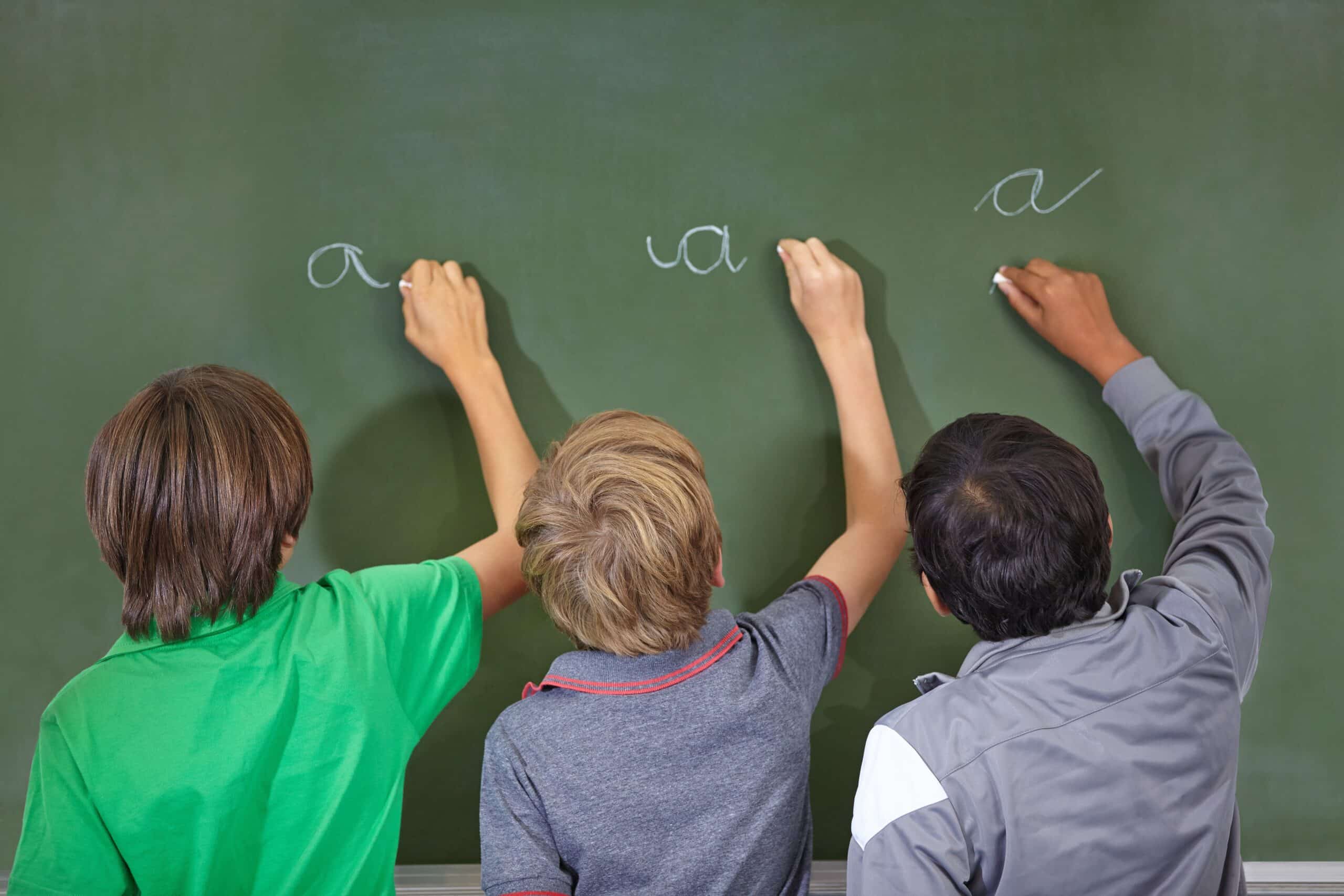In a screen-first world, is handwriting still relevant?
When most children can type before they tie their shoes and dictate before they write full sentences, it’s a fair question. But here’s a deeper one: What do we lose when handwriting fades?
At Carden Memorial School, we don’t see penmanship as a quaint tradition. We see it as a vital skill — one that strengthens the mind, builds discipline, and reinforces learning in ways a keyboard never could.
The benefits of handwriting go far beyond neat notes.
Writing by hand engages the brain in rich, active ways. It strengthens memory, sharpens focus, and supports fine motor development. For children, especially in elementary grades, it’s more than a way to communicate — it’s a way to think.
What the research shows:
- Handwriting boosts comprehension. Students who take notes by hand retain more than those who type.
- It builds neural connections. The act of forming letters helps develop areas of the brain linked to reading and memory.
- It enhances creativity. Writing by hand allows ideas to flow more naturally, helping children develop original thought.
In other words, handwriting isn’t just about writing. It’s about how children learn, process, and create.
Penmanship in education is character development in disguise.
At Carden Memorial School, penmanship is not simply a subject — it’s a practice in care, patience, and excellence. Children learn to form each letter with intention, and in doing so, they learn something about themselves.
The act of handwriting teaches:
- Attention to detail
- Respect for order
- Pride in one’s work
- Follow-through and self-discipline
These are not just academic skills — they are life skills. And they often begin with a pencil, paper, and the quiet rhythm of effort.
Classical education methods recognize the value of form and focus.
In classical education, we teach the whole child — mind, body, and character. Handwriting plays a role in all three. It’s tactile. It’s visual. It’s mental. This blend of engagement is increasingly rare in the digital classroom, where clicking replaces crafting and speed replaces thought.
By prioritizing handwriting, we slow things down — not to resist change, but to reinforce depth. Our students don’t just learn what to think. They learn how to think clearly, carefully, and completely.
Writing skills for children begin with the hand — not the screen.
There is a strong link between penmanship and language development. As children learn to shape letters, they also internalize the structure of language. They become better spellers, stronger readers, and more confident writers.
At Carden Memorial School, handwriting instruction begins early and is reinforced across subjects. Students learn cursive, practice written composition, and take pride in penmanship as a reflection of their thinking.
Why this matters in a digital world:
- Children still take tests, write essays, and communicate in writing.
- Clear, legible handwriting sets a foundation for academic success.
- It gives students confidence in how they express themselves — on paper and beyond.
Handwriting is personal — and powerful.
Unlike typed text, handwriting is unique to each child. It carries rhythm, personality, and expression. Whether it’s a note to a grandparent, a journal entry, or a written prayer, handwriting adds warmth and meaning that screens can’t replicate.
In moments of reflection and sincerity, people still reach for pen and paper. We believe children should be equipped to do the same.
The goal isn’t to reject technology — it’s to build a stronger foundation.
Technology has a place in modern education. But handwriting has a purpose. It roots learning in the physical world, where students must slow down, focus, and follow through.
In our classrooms, technology supports learning. Handwriting strengthens it. The two are not in conflict — they are in balance.
What families can do at home to support handwriting
You don’t need special materials to encourage handwriting — just time and attention. A few ideas to get started:
5 Simple Ways to Reinforce Handwriting at Home:
- Write letters to family and friends
- Encourage journaling or creative writing
- Practice thank-you notes by hand
- Keep a “menu board” where children write meals or grocery lists
- Set aside screen-free time for writing and drawing
These simple habits not only improve handwriting — they strengthen family connections and encourage thoughtful expression.
Why we still teach penmanship at Carden Memorial School
Because it sharpens the mind. Because it forms the habits that support strong thinking. Because it reminds students that their work is worth the time it takes to do it well.
In a world that values speed, we still value skill.
Let’s keep writing — by hand — alive.
In this digital age, handwriting may seem old-fashioned. But it remains essential. Not for nostalgia — but for the growth of young minds who need both structure and freedom, rigor and creativity.
Explore more of our classical approach to education.
Visit cardenmemorialschool.com to learn how our commitment to timeless skills prepares students for lasting success.




